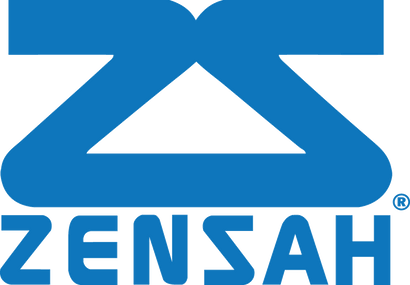Free USA Shipping on Orders $50+
Free USA Shipping on Orders $50+
Limited Edition
Gifting
Holiday Collection 2019
Tennis Elbow Relief - What Is Tennis and Golfer’s Elbow?
July 30, 2014 3 min read
What Is Tennis and Golfer’s Elbow?
One of the most common complaints voiced by tennis players and golfers is that pertaining to elbow pain. Tennis elbow and golfers elbow arise from the constant overuse of swinging a racket, club, or any other repetitive motion associated with the wrist, forearm, and elbow.
Lateral Epicondylitis, more commonly referred to as “tennis elbow”, is an inflammation of the fibers that attach the extensor muscles extending from the wrist and fingers to the outside of the elbow. Micro tears in the extensor muscles are primarily responsible for tennis elbow and cause inflammation and the development of scar tissue. Scar tissue is weaker than and does not stretch as much as regular muscle tissue. Overuse of the wrist tears the scar tissue and causes continuous inflammation in the elbow. Additionally, pain may be felt on the sides of the elbow or along the muscles in the forearm lateral where the capsular ligaments attach to the bone on the lateral.
“Golfer’s elbow,” or Medial Epicondylitis is an injury to the muscles that flex your wrist and fingers. The medial epicondyle, a bony bump on the inside of the elbow where these muscles attach, is typically the site of the injury. The golfer’s elbow sufferer will experience pain when performing gripping tasks or resisted wrist/finger flexion. There will be tenderness directly over the bony epicondyle, and there may be trigger points in the wrist flexor muscles. Some sufferers will also have neck stiffness and tenderness, as well as signs of median nerve irritation (the nerve that passes through the carpel tunnel). Most elbow movements will be pain-free. Gripping is painful.
How are Tennis and Golfer’s Elbow Treated?
Most cases of tennis and golfer’s elbow are treated without surgery. An article on Medial and lateral epicondylitis in the journal of the American Academy of Orthopaedic Surgeons and American Academy of Pediatrics (2010), found that less than 5 out of such 100 cases require surgery1. You and your doctor might consider surgery if several months of tendon rest and rehabilitation have not stopped the pain or returned the flexibility and strength to your forearm.
Edward McFarland, a professor of orthopedic surgery at Johns Hopkins University School of Medicine in Baltimore, says that about 50% of patients with golfer’s or tennis elbow seem to get relief from compression sleeves. “They are not expensive and if they don’t work, they don’t cause harm. I encourage people to try them,” adds Dr. McFarland, a fellow of the American College of Sports Medicine.
What is the Zensah Compression Elbow Sleeve?
- Targeted compression to the extensor and flexor muscles: the Compression Elbow Sleeve provides compression to the key areas responsible for elbow pain.
- Avoid further micro-tears: vibration in the elbow muscles is prevented.
- No discomfort is felt: The Zensah Compression Elbow Sleeve provides a “snug but not too tight” fit.
- Recovery during the day: It is thin enough to wear under a shirt during the day
- No-slip cuff: ensures that the sleeves stay in place during even vigorous exercise.
- Advance + Compression™ Technology: the bottom cuff can be folded over in case any added compression is desired
- Odor prevention: antimicrobial silver ions fight bacteria.
- Moisture wicking technology: sweat is transferred to the outside of the garment allowing easy evaporation.
1. American Academy of Orthopaedic Surgeons and American Academy of Pediatrics (2010). Medial and lateral epicondylitis. In JF Sarwark, ed., Essentials of Musculoskeletal Care, 4th ed., pp. 370–374. Rosemont, IL: American Academy of Orthopaedic Surgeons.
Leave a comment
Comments will be approved before showing up.









